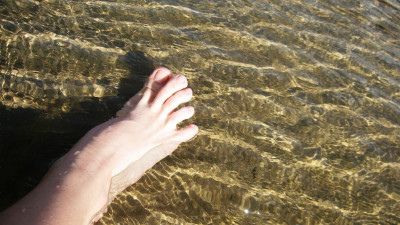How to make artificial diamond indistinguishable from natural

The Verge Science of the YouTube channel operated by The Verge of foreign media about the way to make " artificial diamond " artificially created by science and technology and the influence of artificial diamond on the jewelry industry is approaching.
How science could save the diamond industry from itself - YouTube
In human history, diamond has been treated as one of the ultimate luxury goods.

It is expensive, beautiful, difficult to collect, and making it "impossible" to be produced.

Most diamonds are produced by the mantle deep within the earth, for billions or more years, or more. It is thought that diamonds are produced instead of graphite when underground pressure and geothermal are just suitable for crystallizing carbon. The diamond thus produced boasts high durability due to its unique crystal structure.
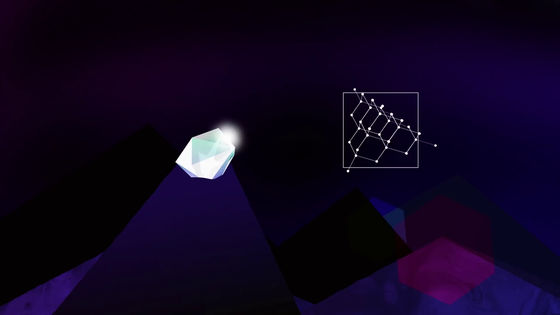
Diamonds are believed to have been lifted to the surface by the eruption of the volcano, and became cold as a result of the sudden drop in temperature, becoming a kimberlite of igneous rock including diamonds. Because of such an unusual generation process, diamond has been treated as a precious ore. However, the point that "making it impossible to produce" is no longer true.

The diamond industry was mostly in the 20th century and worked like a large price adjustment cartel. Conflict will also occur in Africa and other areas by expensive diamonds being useful.
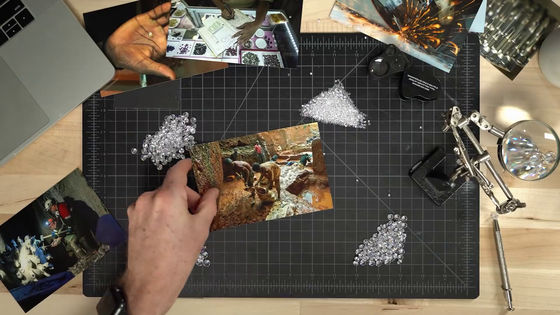
The environment suffered great damage due to the diamond industry and the conflict caused by it.
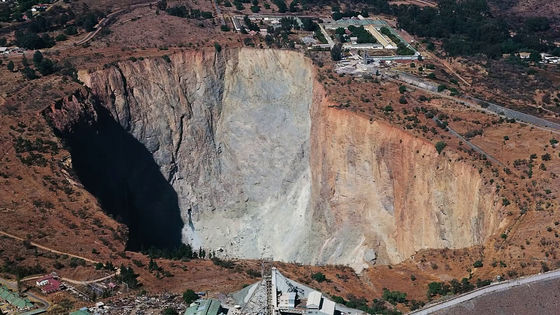
However, nowadays most of the diamond industry is doing different challenges than "creating artificial diamonds". That is the creation of artificial diamonds. The process of making artificial diamonds is more generalized and its process is also faster, so it is far cheaper than natural diamonds, yet it is made to produce the same diamonds as natural.
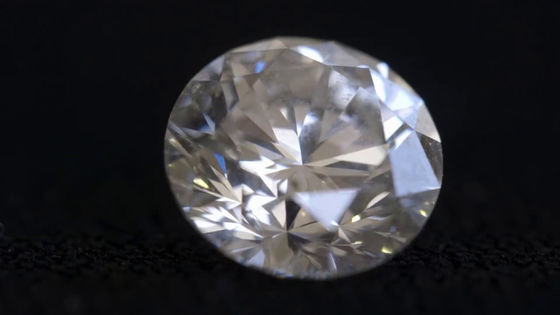
"Both natural diamonds and artificial diamonds are real diamonds, both of which are made of cubic-structured carbon, and it is very difficult to visually distinguish the two from each other." Mr. Wui Wang, chief researcher of the Gemorological Institute of America (GIA). According to Mr. Wang, the artificial diamond is cubic zirconia , more accurately speaking it is a "fake" different from natural diamonds.

Since the 1950s scientists have established a technique to crystallize diamond on the ground, so it took days and weeks to produce diamonds from days to weeks.
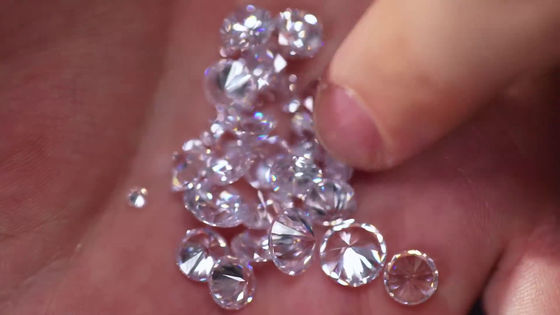
One such method is called "HPHT" which produces diamond by applying high pressure in a reaction chamber heated to 1600 degrees Celsius.
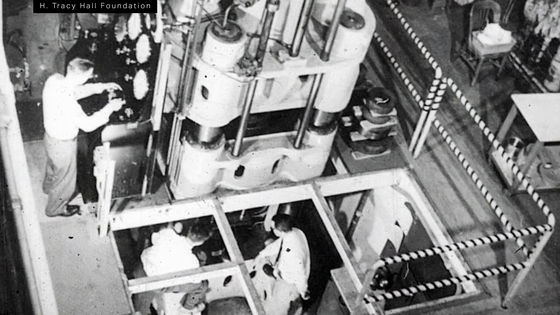
"HPHT technology is basically to imitate mantle deep under the ground when natural diamonds are produced, to make diamonds," Mr. Wang said.
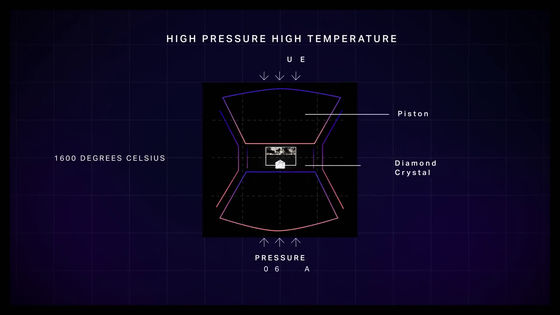
In recent years, attention has been paid to " chemical vapor deposition (CVD)". The same result as HPHT can be realized at lower pressure and temperature. CVD uses methane gas and microwave, but to say the least, it is "very complicated".
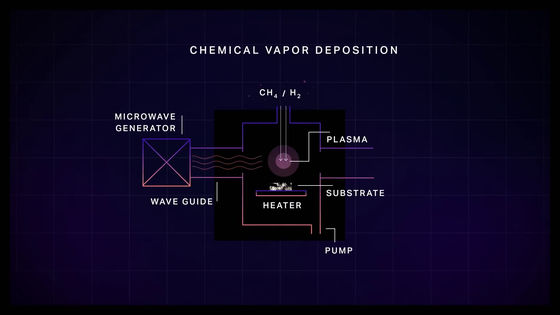
Therefore, Mr. Wang's GIA seems to express it as "to make small diamond seeds by depositing carbon atoms like snow".
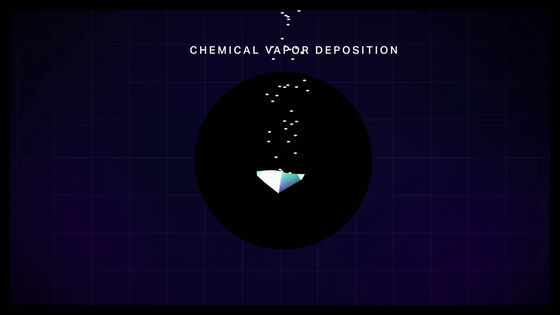
Many laboratories created artificial diamonds since the 1950s, but most of them were small and dark in color. Because it did not have the beauty like a natural diamond, such dark diamonds are used for tools such as saw blade and drill tip.

However, in the last 6 years the art of creating artificial diamonds has evolved dramatically. Artificial diamonds can be made larger than ever, appearance is also transparent and beautiful, making it almost impossible to distinguish them from natural diamonds.
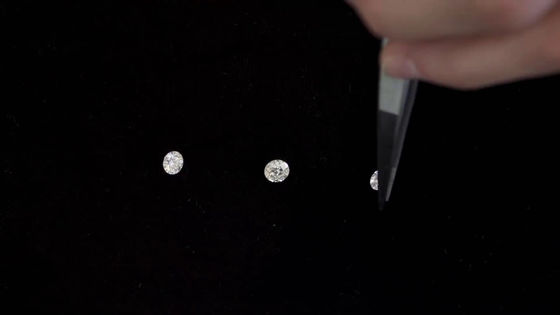
"We have seen many artificial diamonds through the GIA, but many of them were artificial, they did not know that it was an artifact," the GIA said Tom Moses, executive vice president.
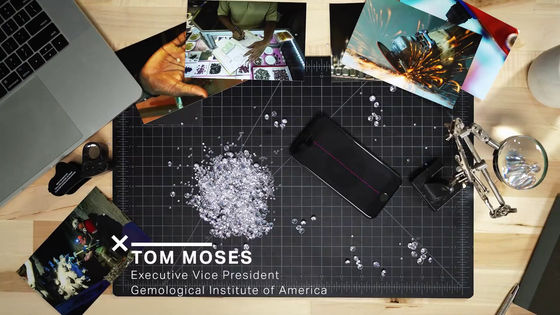
Mr. Moses and Mr. Wang point out the two problems that the jewelry industry will face. One is "The artificial diamond made in the laboratory is visually the same as the natural one, but the price is cheaper by 30%". In other words, if artificial and natural diamonds are mixed in the supply chain, the value will be confused.

Although GIA is one of the few organizations offering sophisticated testing services to verify the origin of diamonds, if artificial diamonds are distributed in the supply chain, it is said to be "one to two millimeters in laboratories around the world We have to test about 50,000 small diamonds every day. "
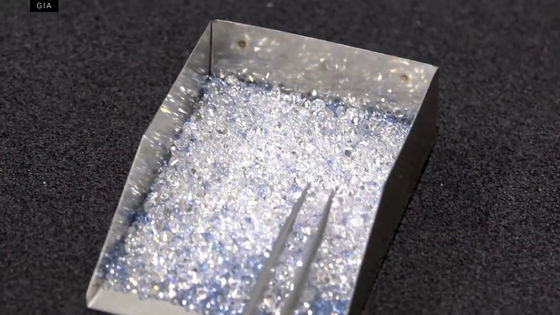
The second problem is "universality". As technology improves, the amount of diamond production increases, there is no doubt that it will increase beyond the limit.
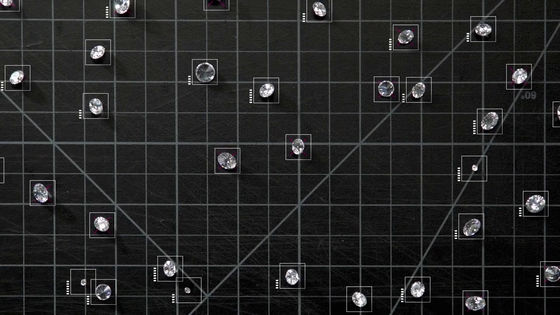
Especially Chinese companies are trying to overflow the market with small artificial diamonds. Although it is a Chinese enterprise that has historically produced artificial diamonds focusing on industrial applications, they are easily shifted to the jewelry industry as the amount of oil drilling decreases all over the world It is possible.
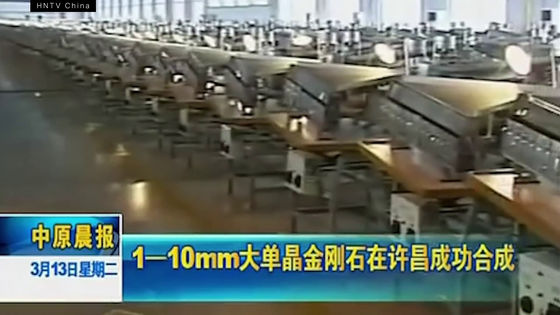
According to Mr. Wang, "You can produce diamonds of about 10 to 20 carats in one generation, but you can make it in a few hours if it is a small size like to use as a jewel. Companies can produce 200,000 carats of diamonds in a month. "
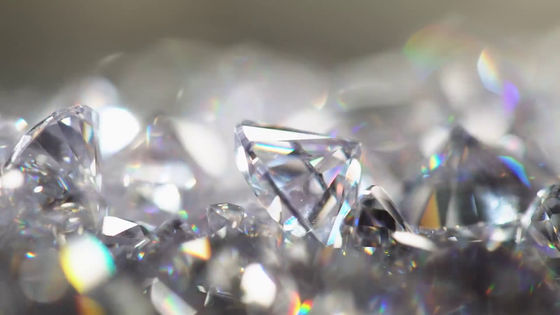
As consulting giant Bain & Company announces a report on the diamond industry every year, it is clear that business people around the world are paying attention to artificial diamonds. Such a consulting company is concerned about the confusion caused by the circulation of artificial diamonds and is preaching the necessity of three "D". Three D's are 'detection', 'disclosure' and 'differentiation'.
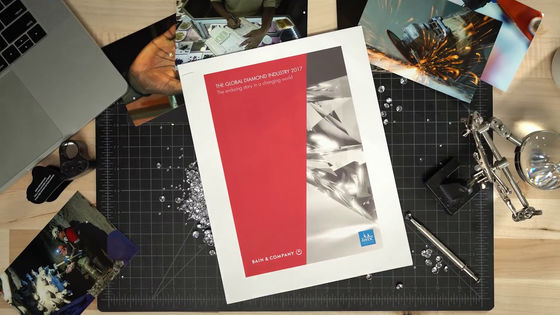
In order to measure this "differentiation", the diamond industry conducts advertisement campaigns etc. to maintain the scarcity of natural diamonds.
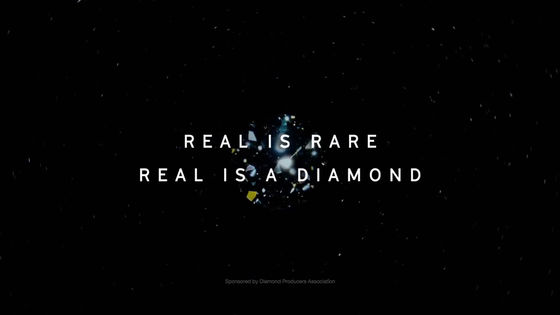
After conducting these investigations, members of Verge Science want to actually see natural diamonds and artificial diamonds, and visit the jewelry store, Brilliant Earth, which sells both.
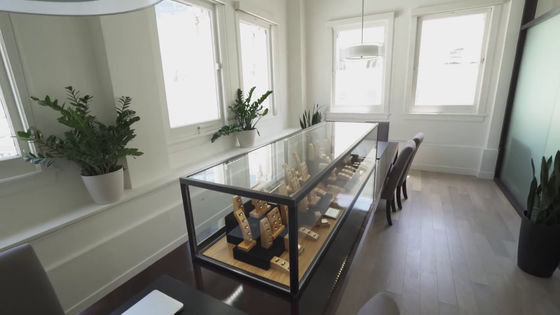
"Some customers are seeking natural diamonds that the Earth has produced over billions of years. For them," natural diamonds "certainly have meanings, but for customers Some people are really excited about artificial diamonds made in laboratories, "says Beth Gastein.

Although Verge Science says that both natural diamonds and artificial diamonds were taken, it was said that they had a difficult time in distinguishing between which one was seen by looking at the captured image.
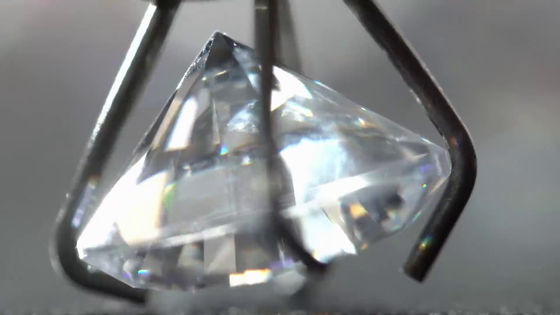
Three D's of "detection", "disclosure" and "differentiation" are important to distinguish between natural diamond and artificial diamond, but due to evolving science and technology, ultimately, natural diamond and artificial diamond It is clear that it will become impossible to distinguish between. The industry needs to consider this.

Related Posts:






